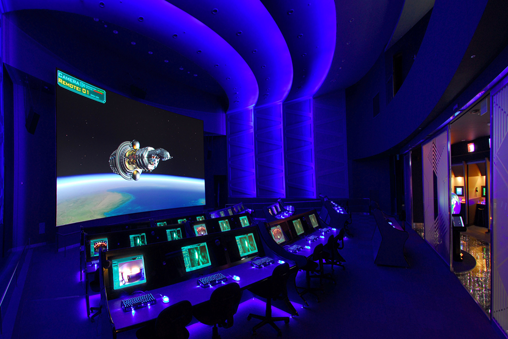In 1923 The Carl Zeiss company debuted the first projection planetarium. Its sole intent was to display the sky as seen by the unaided eye. A marvelous invention, it depicted everything ancient philosophers knew about the heavens.
The very next year, Edwin Hubble discovered the astounding distance and scale of the Spiral Nebula in Andromeda. Depicted as just a fuzzy oval in the planetarium sky, it became an “island universe” of billions of suns, millions of light-years beyond our own Milky Way.
Before the decade was out, we knew that the Universe is expanding. Fewer than three decades later, an artificial satellite was orbiting our world: The space age was underway. Sky-Skan was founded in 1967, in the middle of the space race, to help planetariums–then equipped to simulate obscurities such as gegenschein and retrograde loops–be dramatically relevant to people curious about supernovas, black holes, Mars missions, and the Blue Planet seen as a whole.
Since then Sky-Skan has been a leading force in the planetarium industry, continually pushing the boundaries in bringing technologies and tools to help planetariums bring the ever-expanding universe back down to Earth.
Todays digital technologies make it even easier to turn the traditional planetarium into a multi-disciplinary science theatre, exploring not only astronomy, but also a full range of STEM and STEAM subjects in an immersive and meaningful setting, and reaching wider audiences.


